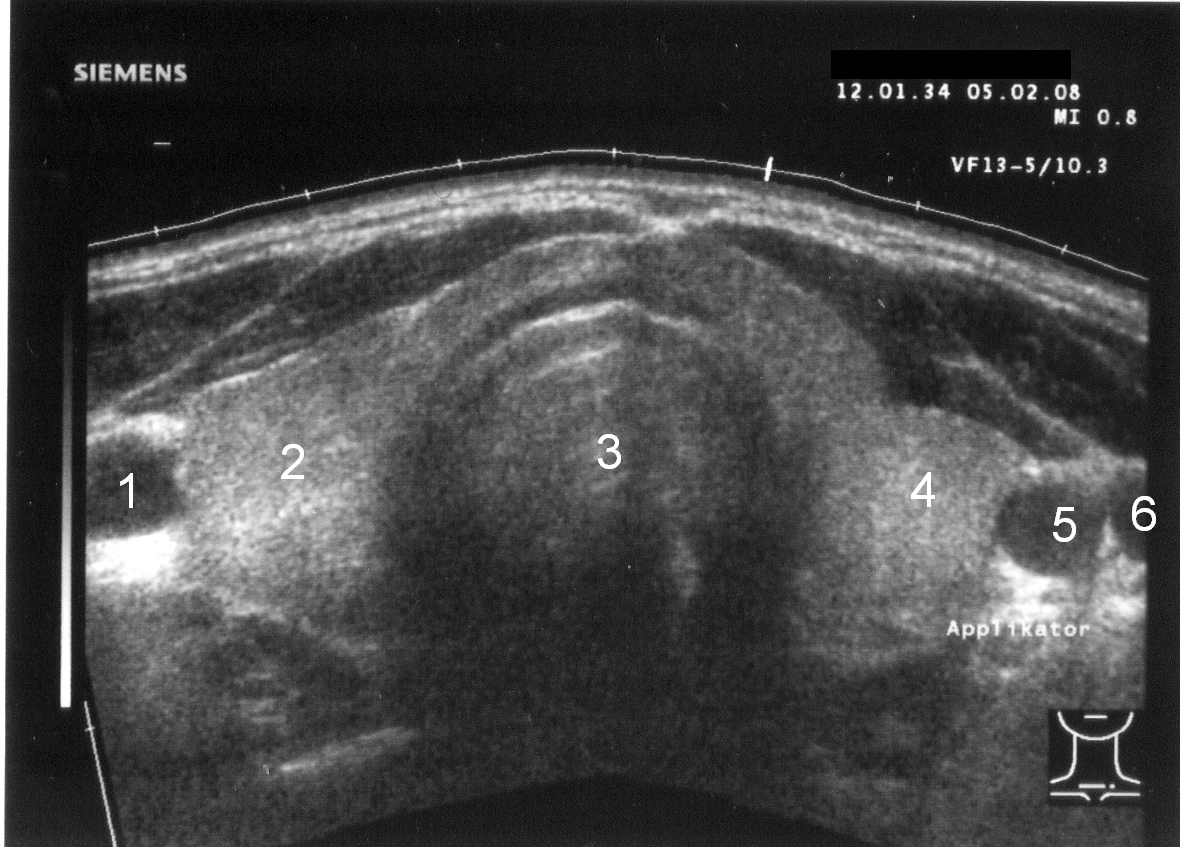News
Ultrasound News: The New POCUS Guidelines from AAFP
The POCUS (point of care ultrasound) approach is one of the most important advancements in patient bedside care ever made. Sure, there have been numerous advancements – the stethoscope, heat monitors, and others – that have been vital in patient treatment and recovering, but the ultrasound has been a key factor in fields such as radiology, cardiology, and obstetrics for quite some time, especially in regards to bedside care and monitoring.
POCUS has continually shown to have numerous uses and benefits in a wide variety of fields of medicine. These benefits include the reduction of failure or complications during a procedure, providing better and more accurate diagnosis, helping doctors determine the best treatment option possible yet still helps keep cost lower for all those involved. Because the use ultrasound means patients are more involved in the process and treatment, there is improved patient satisfaction.
Because of the many uses of ultrasound, the AAFP (The American Academy of Family Physicians) has implemented a number of required competencies for those who are focusing on POCUS as part of the their residency. These following competencies are designed to provide the skills needed to improve effectiveness in the family practice.
- Knowing the indications, benefits, and limits of POCUS
- Being able to assess anatomy, physiology, and pathology by using POCUS
- Having the ability to talk to the patient about the risks and benefits of POCUS with the patient. They should also be able to discuss alternative options and understand the necessity of obtaining verbal consent for a POCUS scan.
- Being able to talk to the patient and treatment team about the results of POCUS and to document the results correctly.
- Having advanced knowledge with the correct precepting, electives, and use of resources
- Using POCUS to minimize the amount of time between diagnosis and medical care and to decrease procedure related complications
In addition to the competencies above, other requirements include attitudes and behaviors such as the use of POCUS in:
- The diagnosis process for an electrocardiogram, chest x-ray, or blood test, but that is not a replacement for an actual physical.
- Providing additional information on anatomic, functional, and physiological information.
- To prevent malignancies as the result of a CT scan, POCUS can be used when evidence suggests that ultrasound will be just as effective to study a specific type of pathology.
The use of POCUS has been a great boon to the medical community, and as more is learned about using ultrasound in other fields, the need for POCUS is only going to continue. If your office does not yet have the POCUS format in place, or perhaps you need to update your ultrasound equipment to something newer, be sure to contact the team at National Ultrasound to learn more.

